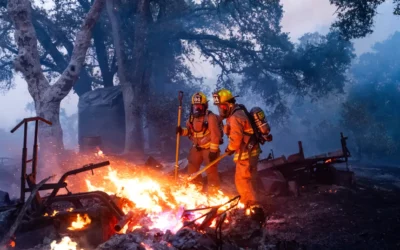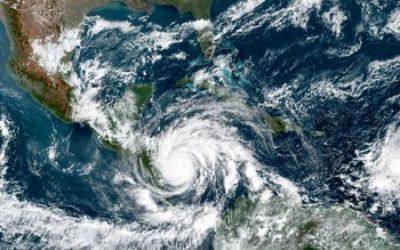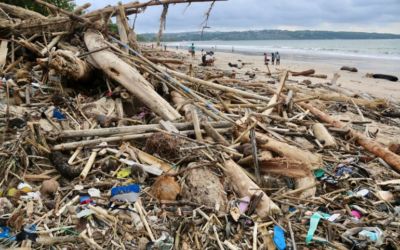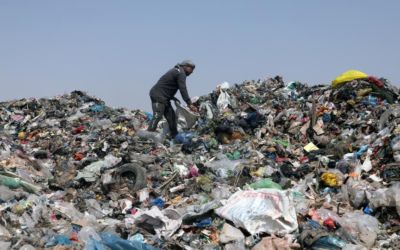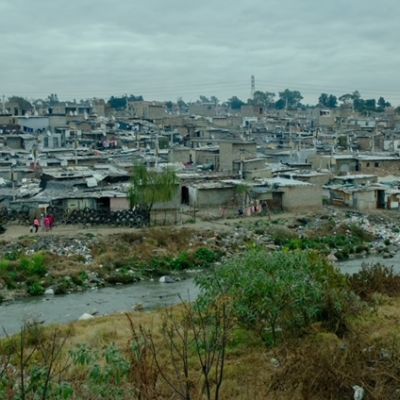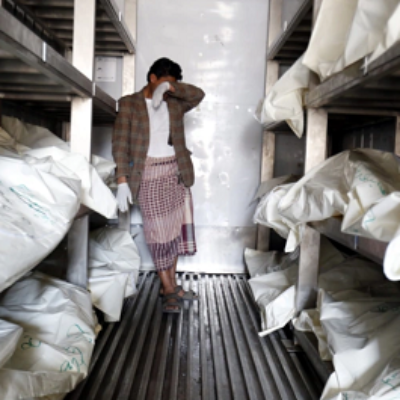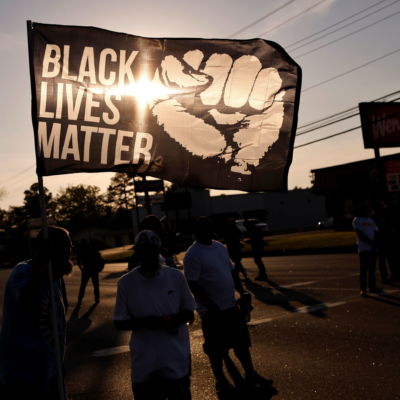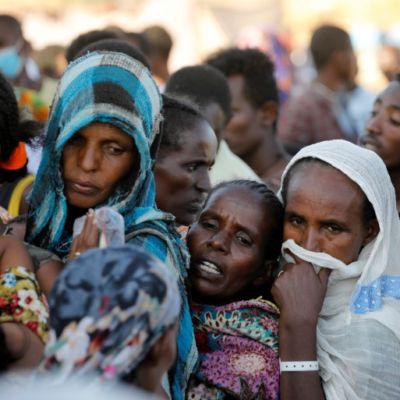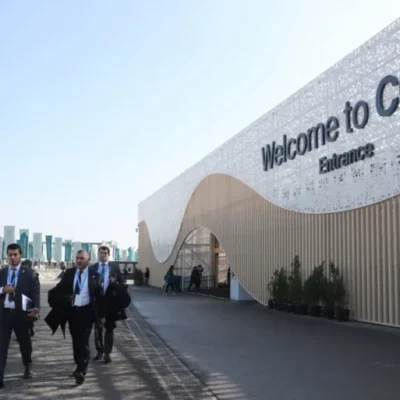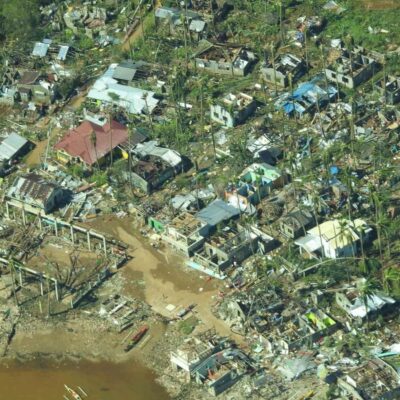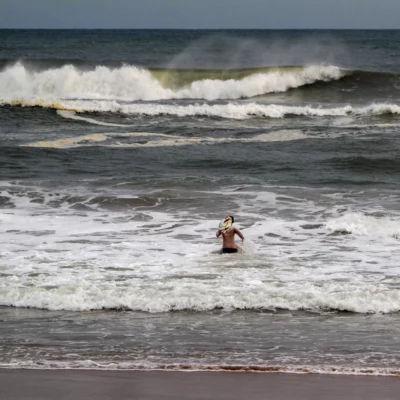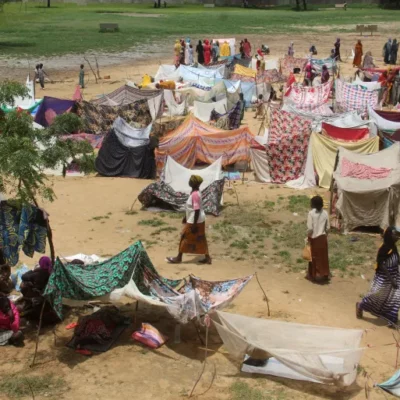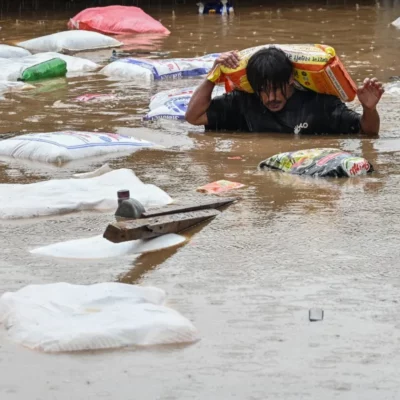MARTINIQUE/ENVIRONMENT
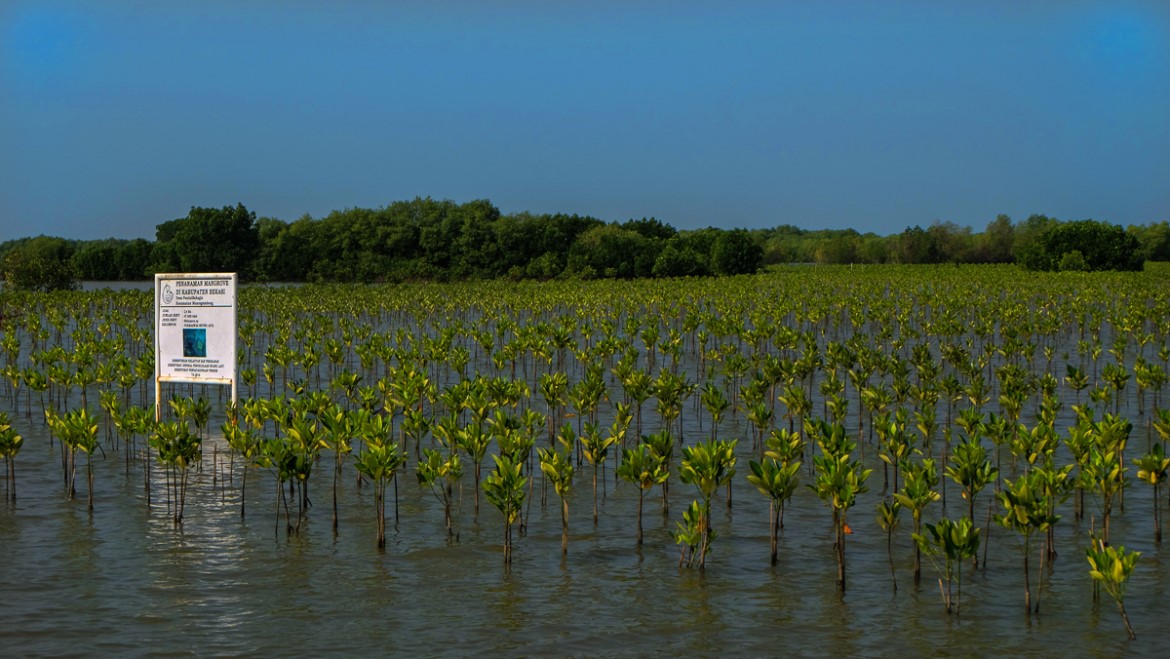
Several thousand people in the French overseas region of Martinique marched through the streets on Saturday calling on judges not to throw out a long-delayed case over pesticide poisoning. Chlordecone was used for two decades on the Caribbean island and its neighbour Guadaloupe – even after being banned on the French mainland.
Tons of it were sprayed on banana crops, contaminating soil, rivers, and coastal waters. It’s been blamed for the high incidence of cancer in the region and residents, who say their lives have been blighted, are demanding compensation.
Chlordecone was created in the US in the 1950s and sold under the name Kepone. It was banned in the US in 1975, and four years later classified by the WHO as potentially carcinogenic. In 2009, it was included in a list of persistent organic pollutants under the Stockholm Convention, banning its production worldwide.
France used it in the Caribbean on banana plantations from 1972 until 1993. More than 90% of the adult population in Guadeloupe and Martinique is contaminated by chlordecone, according to Public Health France.

